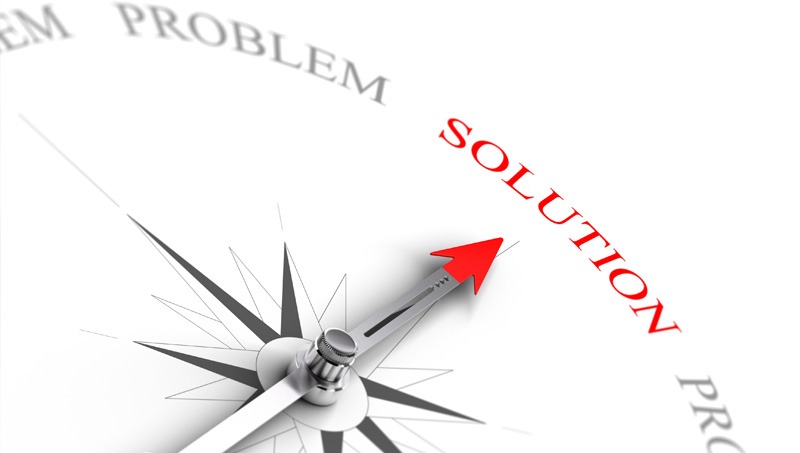In a world full of “yes,” sometimes “no” grabs our attention. Psychologists have a term for this: “negativity bias.” This means our brains are wired to pay more attention to negative information and form stronger negative associations.

For marketers, this poses a challenge. When strategically employed, negative headlines, content topics, and blog articles can captivate readers, making them more likely to engage with the content. This often leads to enhanced SEO performance and improved sales figures. But how can marketers harness the power of “no” to craft messages that get positive results while leaving a lasting impact? Read on to find out.
Identify the Problem
Negative vs. Positive: A Psychological Dilemma
The human mind is naturally drawn to negativity; it’s a survival instinct. That’s why negative headlines pique curiosity and create a sense of urgency, prompting readers to explore further. Phrases like “Never,” “Worst,” “Always,” and “No” in a negative theme evoke a reaction, compelling readers to seek solutions.
The Art of Turning the Negative into a Positive
However, when headlines use a negative to highlight a problem, they can grab the reader’s attention and craft a positive message. For instance, a headline like “Avoid These Common Mistakes for the Best Results” identifies the negative (mistakes) while promising positive results (the best). This clever play on words creates an instant connection with the reader.
What’s more, you can become an expert by crafting content that addresses common mistakes, pitfalls, or misconceptions in your niche. When readers find solutions to their problems, they are more likely to trust and engage with your content regularly. In this way, negative headlines can build trust by promising positive solutions to specific problems. Readers appreciate transparency and honesty, which makes them more receptive to your insights and suggestions.
Present the Solution
Search engines are designed to prioritize content that engages readers. Negative headlines, when used creatively, captivate audiences and keep them on your page. Increased dwell time and lower bounce rates send positive signals to search engines, boosting your website’s SEO rankings. As a result, your content becomes more visible, reaching a broader audience and generating organic traffic.
In conclusion, the art of turning negative headlines into positive results lies in understanding the psychology of reader engagement. By identifying problems, presenting solutions, and employing strategic negative-themed content, you can create an emotional connection with your audience. SEO experts leverage this approach to enhance online visibility and drive organic traffic, proving that sometimes, turning the negative into a positive can indeed get remarkable results.







